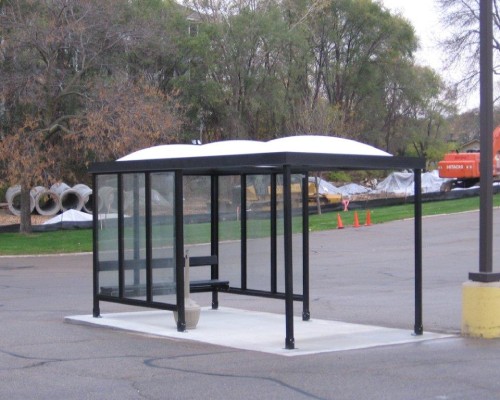
The emphasis on promoting healthier environments and protecting people from the harmful effects of secondhand smoke is only growing. Many public spaces and establishments have designated smoking areas, known as smoking shelters, to address this concern.
These shelters serve as spaces where smokers can practice their right to smoke without exposing non-smokers to the risks of secondhand smoke. One crucial aspect of shelter regulations is the 50 percent rule to create a safe and inclusive space for everyone.
Understanding the 50% Rule
The 50 percent rule states that at least half of the total area of a smoking shelter should be open and unenclosed. A functional smoking shelter must have ventilation and open space to allow smoke to dissipate effectively. This rule aims to mitigate the concentration of secondhand smoke within the shelter and prevent it from traveling into nearby non-smoking areas.
By incorporating efficient ventilation and open space, the 50 percent rule can reduce the health risks of secondhand smoke. It ensures non-smokers have limited exposure to prolonged or concentrated levels of cigarette smoke.
Creating Safe Spaces
Implementing the 50 percent rule for smoking shelters plays an important role in promoting inclusivity and prioritizing the well-being of all individuals in public spaces. The rule strikes a balance between smokers’ and non-smokers’ rights by designating smoking areas with ventilation and open space.
When smokers have access to smoking shelters that adhere to the 50 percent rule, they can enjoy their habit freely. At the same time, non-smokers can breathe clean air, free from the discomfort and potential health risks associated with secondhand smoke. This harmony ensures both groups can coexist and utilize public spaces without interfering with each other’s rights.
Importance of Compliance
Adherence to the 50 percent rule is essential for businesses and public spaces with smoking shelters. Compliance demonstrates a commitment to public health and safety, ensuring the responsible management and design of smoking areas. Failure to comply compromises the health of non-smokers and may lead to fees and reputational damage for the establishment.
Compliance with the 50 percent rule encourages smoking shelter design and functionality improvements. By prioritizing open spaces and ventilation, we can create an environment that serves the needs of smokers and non-smokers alike.
